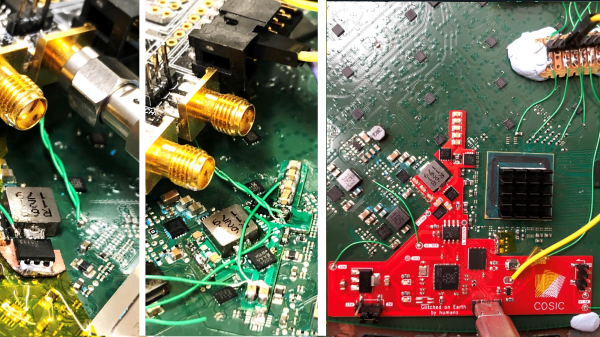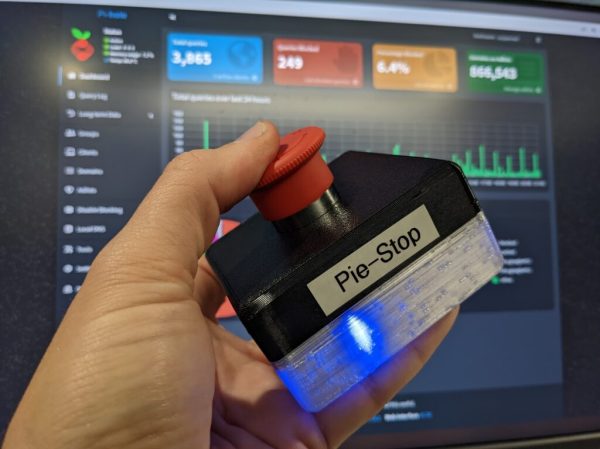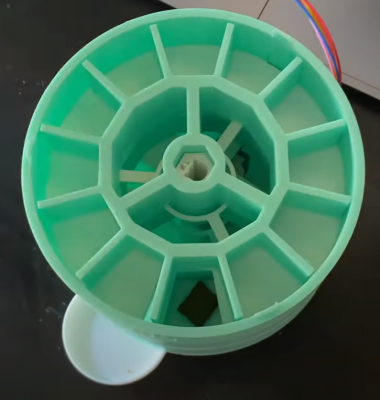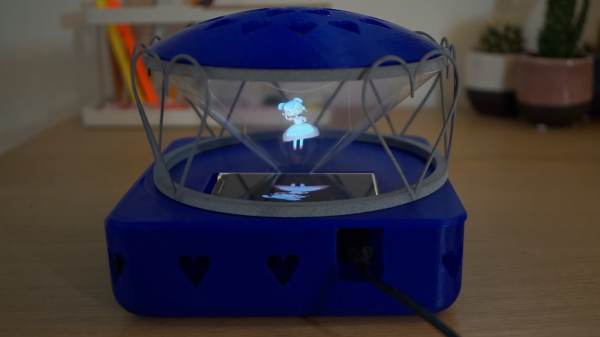The Raspberry Pi Pico is a handy little microcontroller that has become a widespread addition to many hackers’ workbench. The Pico W has a CYW4342W module (just like the Pi Zero W) to add WiFi capabilities and [Jeremy Bentham] ported his bare-metal WiFi driver to the Pico W.
The CYW43438 is an SDIO interface, so most of the code ported over from his Zerowi project, but there were a few notable tweaks along the way. Given that the Pi Pico SDK has the complete source code to drive the CYW43439 with an open source TCP/IP stack (lwIP) and the datasheets from Infineon are pretty detailed, why create your own driver?
The short answer is…because why not. But a second answer is to tweak it just how you like it. With his own implementation, [Jeremy] can focus on maximizing throughput and making WiFi a little easier to debug. He deeply delves into the hardware, scope traces, and code samples. It’s a tremendous five-part read over lunch. Some highlights include writing some code for the PIO (Programmable I/O) to interface with the SPI interface, bank switching in the WiFi RAM, handling the 140 different events, connecting to a network, and sending pings.
The PicoWi code is available on GitHub. Perhaps it can be integrated with this PCMIA interface to offer outstanding performance to an older laptop.


















